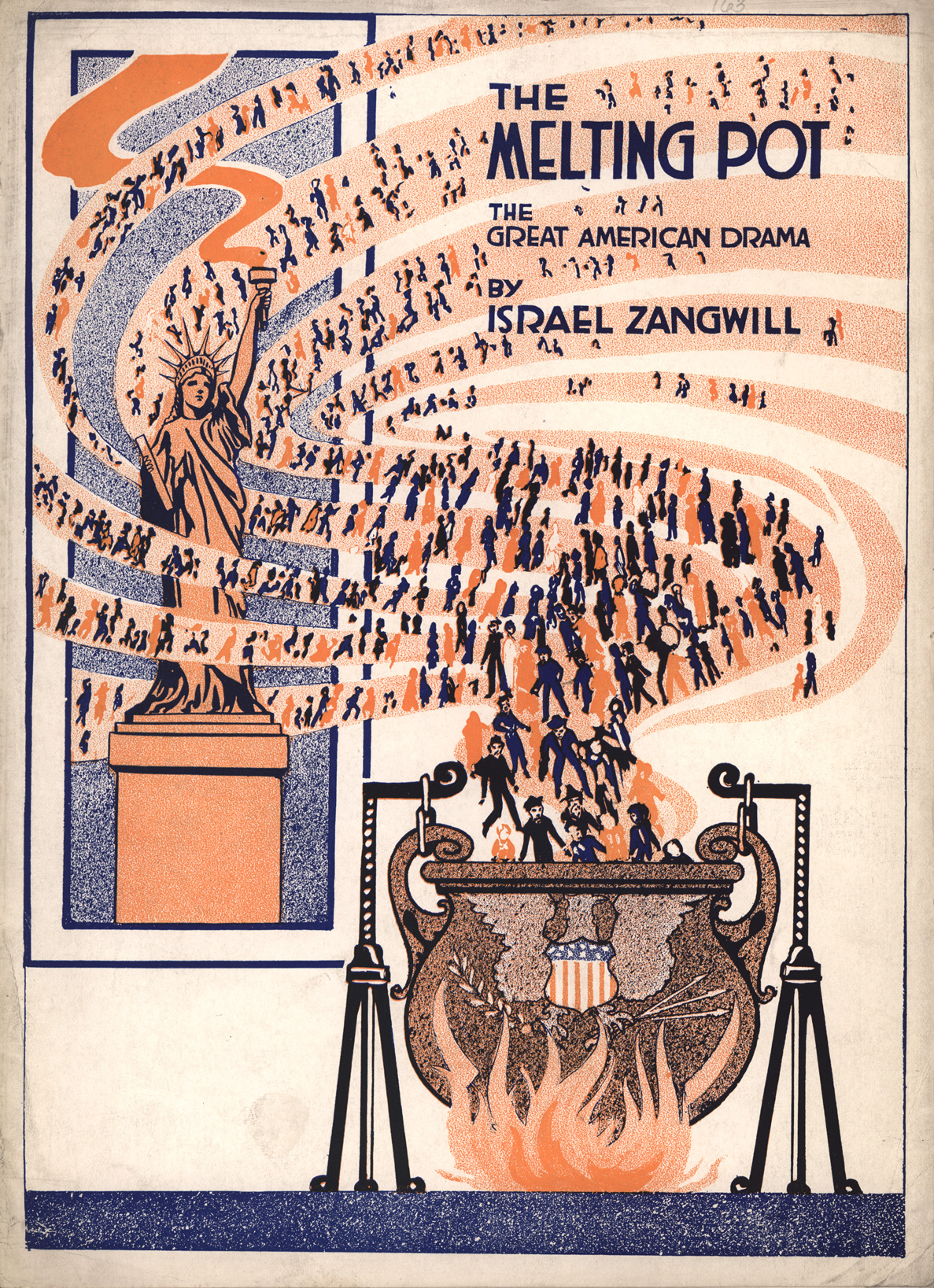 Some comments from last week’s post from Peter Sigrist and Eric Orozco stimulate a really interesting conversation about the feasibility of a pluralistic society living compactly. In Peter’s words: “could so many people with different values and customs avoid disastrous conflict” in a very dense living arrangement? Scrambling to come up with a response, it seemed worthwhile to launch a whole new post.
Some comments from last week’s post from Peter Sigrist and Eric Orozco stimulate a really interesting conversation about the feasibility of a pluralistic society living compactly. In Peter’s words: “could so many people with different values and customs avoid disastrous conflict” in a very dense living arrangement? Scrambling to come up with a response, it seemed worthwhile to launch a whole new post.
Has our diversity tended to spread Americans out from each other?
Pietro Nivola of Brookings thinks so,
“One may wonder whether nations that have lacked this spatial buffer, or that prefer to compress their urban populations into much closer physical proximity, could have kept a lid on urban social pressures comparable in duration and intensity to those withstood historically in America.”From the anti-Catholic violence of the mid-19th century to the riots that shook inner cities in the 60’s, there’s ample evidence to suggest that the space available for outward movement served as a sort of “escape valve” for cultural tensions. Various groups responded by simply moving away, sometimes the affluent seeking greener pastures and sometimes dispossessed minorities being coerced to move on. This is an unavoidable part of the American story.
Multiculturalism is one of those ideas that have been investigated by the academy with a fine-toothed comb for decades. I was taught in elementary school that we were a “melting pot,” then we became the “salad bowl,” and now you may hear every imaginable metaphorical variety in between. I suspect this debate is a manifestation of what William James called the ancient question of “the One and Many.” How is everything unified? How is everything diversified? According to James, it’s unanswerable in the abstract - otherwise it would surely have been answered by now. All we really can do is see what arrangements along this spectrum meet our goals for specific, concrete situations.
Stanley Fish is probably the current torch-bearer of American pragmatism:
“We may never be able to reconcile the claims of difference and community in a satisfactory formula, but we may be able to figure out a way for these differences to occupy the civic and political space of this community without coming to blows.”This is a call for strategy over theory; mitigation over solutions. It seems to me that this is the role urban planners have been playing in communities for years.
One strategy for “resolving” differences has always been privatization - an avoidance tactic. Another strategy is forging a common set of compromises that can govern peaceable use of the public (and the inevitable overlaps of the private). Each approach has its pros and cons, and probably both approaches are needed to some degree.
I live in a neighborhood in which I am a racial, and in some ways cultural, minority. This was an intentional choice, and warm evening walks passing families sitting out on their front porches remind me of the commonalities I share with my neighbors. Yet there are differences as well. To cite a trivial one, the same warm days allow me the opportunity to listen to loud music from passing cars that I definitely would not listen to in the comfort of my own home. This can be annoying to me, and the motorists are undoubtedly annoyed that I’m annoyed. Yet friends who own a bed and breakfast down the street are seriously advocating enforcement of noise ordinances for cars. It hits them in a different way.
I have no conceit that I’m experiencing an absolute pluralistic lifestyle. Not even close. Even given my relatively diverse spatial living arrangement, my life is predominantly privatized nonetheless. It’s not as if I’m hanging out in the neighborhood community center every day. I always have the opportunity to close the doors and retreat inward, or travel outside of the neighborhood. Diversity is nearby, but I'm hardly immersed in it.
All of this to preface the point:
I tend to be fairly optimistic about our chances for peaceful cohabitation of space, because it can be supplemented with reasonable doses of self-segregation, regulations for conflicting behavior, and the simple practice of closing the door or walling off the private garden. Every locality, indeed every household, will surely land on a different balance in their approach, but there are tried and true strategic options available for sharing space nonetheless.





1 comment:
Indeed, living multi-culturally is an adaptive art. Either you grow up with it, painfully acquire it by rubbing out your comfort zones, or put up with it by necessity.
It is hardest to acquire in bifurcated environments, because two poles make the distance between too fraught with easy opposition and demarcation. You typically need a third pole or an outlier ...or, interestingly, an ambiguous political status to bring the strategy of sharing as a social option. To get there you need fair and mutually observed rules and quite a bit of empathy for those with lower status. These strategies are simply innate in us. Many of us acquired them on our knees at the sandbox as children. But first we need the bridge of empathy.
You inspired my latest post on the insights Jerusalem taught me on this topic.
Post a Comment